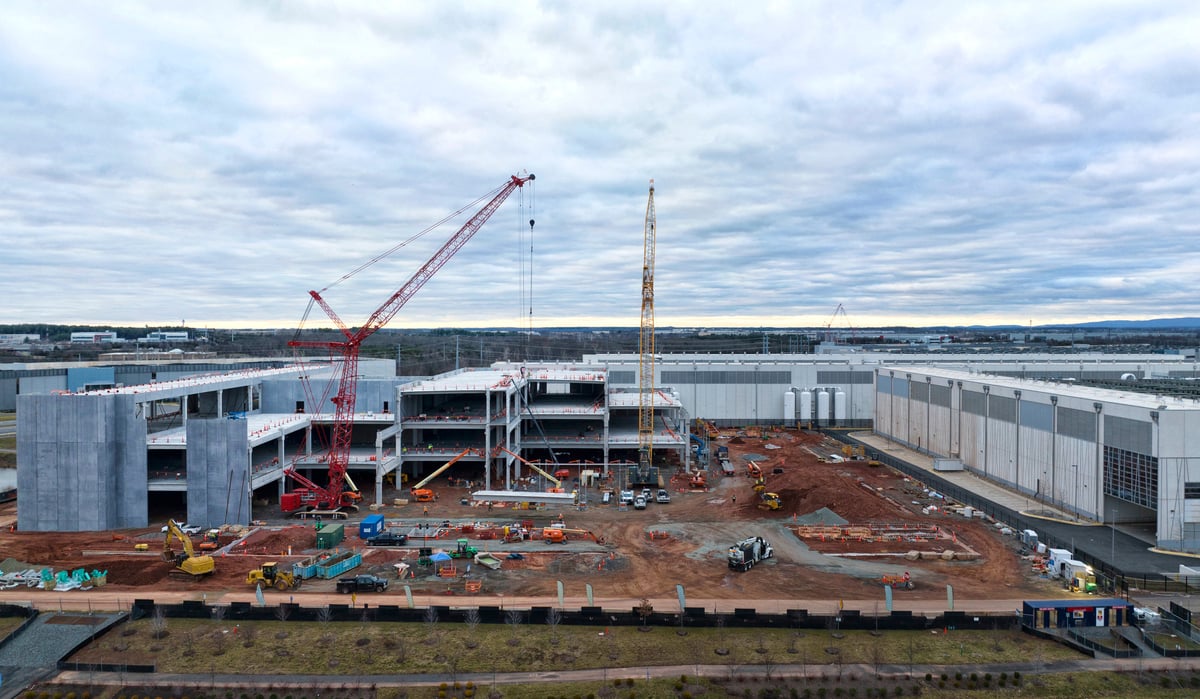As of the closing bell on May 16, 10 public companies boasted market capitalizations of at least $1 trillion. Within the trillion-dollar club, three are chip companies: Nvidia, Broadcom, and Taiwan Semiconductor Manufacturing. They design and make semiconductors, including the chips that are used to train generative AI models.
Further down the list of the world's most valuable companies is Oracle (ORCL 5.46%), which boasts a market cap of about $450 billion.
Let's explore how Oracle is investing in artificial intelligence (AI) and how these moves could fuel its rise to a $1 trillion market cap.

NYSE: ORCL
Key Data Points
How is Oracle benefiting from AI?
Oracle derives the majority of its sales from its cloud services division. During the company's fiscal 2025 third quarter (ended Feb. 28), Oracle generated $14.1 billion in revenue. Of this figure, 86% stemmed from cloud services.
However, Oracle's cloud division can be bifurcated into two further subunits: software as a service (SaaS) and infrastructure as a service (IaaS).
Regarding AI, investors should be paying close attention to Oracle's cloud infrastructure (IaaS) business. During the quarter, Oracle Cloud Infrastructure (OCI) generated just $2.7 billion in revenue, but it grew 49% year over year, making it Oracle's fastest-growing business by a long shot.

Image source: Getty Images.
What does Wall Street think?
The chart below illustrates Wall Street's consensus revenue and earnings-per-share (EPS) estimates for Oracle over the next few years.
Data by YCharts.
An important takeaway from the figures above is not only do analysts expect Oracle to continue growing, but revenue and earnings growth could accelerate. To me, this signals that Wall Street is bullish on Oracle's ability to continue riding AI tailwinds. Moreover, as cloud hyperscalers such as Amazon, Microsoft, and Alphabet continue to invest in data center infrastructure alongside the likes of other big tech companies such as Meta Platforms and Elon Musk's xAI, Oracle's cloud infrastructure business looks poised to benefit.
What would it take for Oracle to reach a $1 trillion valuation?
As of this writing, Oracle trades at a price-to-sales (P/S) ratio of roughly 8.2. Should Oracle meet or exceed the financial projections above, it's very possible the markets begin to apply a larger premium to the stock.
However, even if Oracle maintains this valuation multiple, a $1 trillion market cap is within reach. Given the analyst estimates in the chart above, Oracle should grow revenue at a compound annual rate of 13% through fiscal 2027. Extending that rate of growth through fiscal 2030 would imply that Oracle achieves $110 billion in sales by that year. Combined with a P/S ratio of 8.2, Oracle would boast a market cap of $902 billion. Stronger growth or a higher multiple could give it the small boost it needs to reach $1 trillion.
While this is a very simple scenario, the bigger idea remains: Oracle does have a path to achieving a $1 trillion valuation should the company sustain the accelerating growth in its infrastructure business.
To me, Oracle still remains an under-the-radar opportunity in the data center space, while much of the market is focused on Nvidia, Broadcom, and Taiwan Semiconductor. As a result, now is a good opportunity to pounce on Oracle stock as shares appear to have significant upside for those willing to exercise some patience and watch the company's OCI segment scale.






